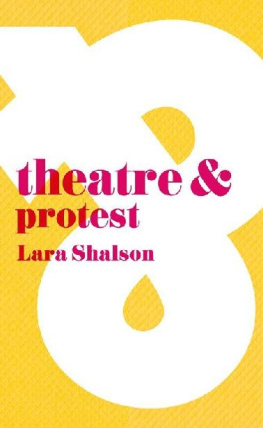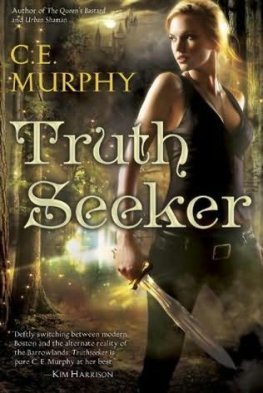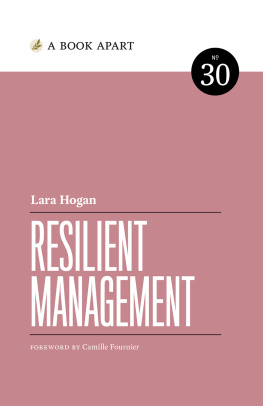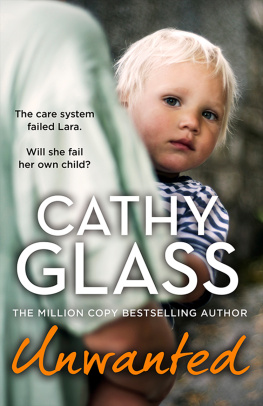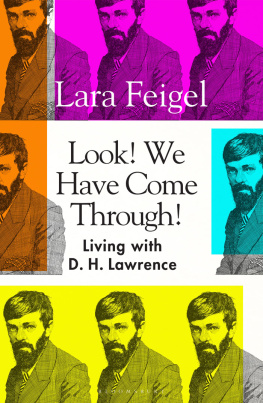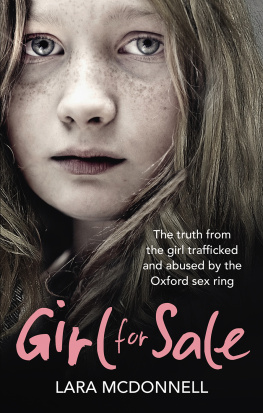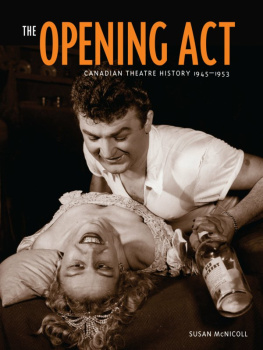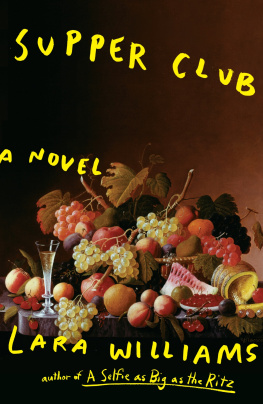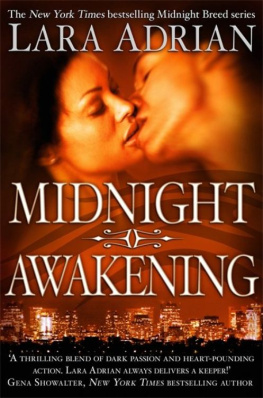theatre & protest
Theatre &
Series Editors: Jen Harvie and Dan Rebellato
Published
Joel Anderson: Theatre & Photography
Susan Bennett: Theatre & Museums
Bill Blake: Theatre & the Digital
Colette Conroy: Theatre & the Body
Emma Cox: Theatre & Migration
Jim Davis: Theatre & Entertainment
Jill Dolan: Theatre & Sexuality
Helen Freshwater: Theatre & Audience
Jen Harvie: Theatre & the City
Nadine Holdsworth: Theatre & Nation
Erin Hurley: Theatre & Feeling
Dominic Johnson: Theatre & the Visual
Joe Kelleher: Theatre & Politics
Ric Knowles: Theatre & Interculturalism
Petra Kuppers: Theatre & Disability
Patrick Lonergan: Theatre & Social Media
Caoimhe McAvinchey: Theatre & Prison
Bruce McConachie: Theatre & Mind
Lucy Nevitt: Theatre & Violence
Helen Nicholson: Theatre & Education
Lourdes Orozco: Theatre & Animals
Lionel Pilkington: Theatre & Ireland
Benjamin Poore: Theatre & Empire
Paul Rae: Theatre & Human Rights
Alan Read: Theatre & Law
Dan Rebellato: Theatre & Globalization
Trish Reid: Theatre & Scotland
Nicholas Ridout: Theatre & Ethics
Jo Robinson: Theatre & the Rural
Juliet Rufford: Theatre & Architecture
Rebecca Schneider: Theatre & History
Lara Shalson: Theatre & Protest
Kim Solga: Theatre & Feminism
Konstantinos Thomaidis: Theatre & Voice
Fintan Walsh: Theatre & Therapy
Eric Weitz: Theatre & Laughter
David Wiles: Theatre & Time
Harvey Young: Theatre & Race
Forthcoming
Matt Delbridge: Theatre & Technology
Kate Elswit: Theatre & Dance
Paul Murphy: Theatre & Class
Keren Zaointz: Theatre & Festivals
theatre & protest
Lara Shalson
Lara Shalson 2017
All rights reserved. No reproduction, copy or transmission of this publication may be made without written permission.
No portion of this publication may be reproduced, copied or transmitted save with written permission or in accordance with the provisions of the Copyright, Designs and Patents Act 1988, or under the terms of any licence permitting limited copying issued by the Copyright Licensing Agency, Saffron House, 610 Kirby Street, London EC1N 8TS.
Any person who does any unauthorized act in relation to this publication may be liable to criminal prosecution and civil claims for damages.
The author has asserted her right to be identified as the author of this work in accordance with the Copyright, Designs and Patents Act 1988.
First published 2017 by
Palgrave
Palgrave in the UK is an imprint of Macmillan Publishers Limited, registered in England, company number 785998, of 4 Crinan Street, London N1 9XW.
Palgrave and Macmillan are registered trademarks in the United States, the United Kingdom, Europe and other countries.
ISBN 9781137443090 paperback
This book is printed on paper suitable for recycling and made from fully managed and sustained forest sources. Logging, pulping and manufacturing processes are expected to conform to the environmental regulations of the country of origin.
A catalogue record for this book is available from the British Library.
A catalog record for this book is available from the Library of Congress.
contents
series editors preface
T he theatre is everywhere, from entertainment districts to the fringes, from the rituals of government to the ceremony of the courtroom, from the spectacle of the sporting arena to the theatres of war. Across these many forms stretches a theatrical continuum through which cultures both assert and question themselves. Theatre has been around for thousands of years, and the ways we study it have changed decisively. Its no longer enough to limit our attention to the canon of Western dramatic literature. Theatre has taken its place within a broad spectrum of performance, connecting it with the wider forces of ritual and revolt that thread through so many spheres of human culture. In turn, this has helped make connections across disciplines; over the past 50 years, theatre and performance have been deployed as key metaphors and practices with which to rethink gender, economics, war, language, the fine arts, culture and ones sense of self.
Theatre & is a long series of short books that hopes to capture the restless interdisciplinary energy of theatre and performance. Each book explores connections between theatre and some aspect of the wider world, asking how the theatre might illuminate the world and how the world might illuminate the theatre. Each book is written by a leading theatre scholar and represents the cutting edge of critical thinking in the discipline.
We have been mindful, however, that the philosophical and theoretical complexity of much contemporary academic writing can act as a barrier to a wider readership. A key aim for these books is that they should all be readable in one sitting by anyone with a curiosity about the subject. The books are challenging, pugnacious, visionary sometimes and, above all, clear. We hope you enjoy them.
Jen Harvie and Dan Rebellato
prologue
A s this book was about to go to press, an unusual thing happened at the theatre. After the curtain call for Hamilton: An American Musical at the Richard Rodgers Theater in New York, one of the actors, Brandon Dixon, stepped forward to make a public appeal on behalf of the cast to an elected official in the audience. The official was US Vice President Elect Mike Pence, and the appeal was the following: We, sir, we are the diverse Americans who are alarmed and anxious that your new administration will not protect us, our planet, our children, our parents, or defend us and uphold our inalienable rights, sir. But we truly hope that this show has inspired you to uphold our American values and to work on behalf of all of us. Then, Dixon repeated the final words to emphasize all of us . The audience in the theatre cheered, but President Elect Donald Trump was quick to decry the action, tweeting that Pence had been harassed and demanding an apology. The Theater must always be a safe and special place, he tweeted, capitalizing the word Theater as though to signal its status as a venerable institution. Yet, we might ask, from what should theatre be safe? Direct address? Political discourse? The discomforts of disagreement and critique? Trump implied that, as a special place, theatre should be shielded from the realities of political life and safe from a peaceful act of protest. In contrast, this book aims to show that acts of protest can be among the most moving and significant performances that theatre has to offer. This book is dedicated to those inside and outside the theatre who continue to protest for equality, freedom, and justice for all.
theatre & protest
Introduction
On 21 February 2012, a brief performance that would have a lasting impact took place. Less than a week before Russias presidential elections in which then Prime Minister Vladimir Putin made his bid for a third term as President, members of the feminist punk performance collective Pussy Riot performed what they called a Punk Prayer in Moscows imposing Cathedral of Christ the Saviour. Wearing their signature costume of brightly coloured dresses, tights, and balaclavas, they mounted the soleas (a raised platform in front of the iconostasis) and performed a series of choreographed punk rock dance moves while shouting the lyrics of a song asking the Virgin Mary to chase Putin away. Guards almost immediately descended upon the performers, but the group persisted in their action for close to 60 seconds before being escorted from the building. That evening, they posted on YouTube a music video containing footage of the performance, which would go on to be viewed by millions of people worldwide. Punk Prayer would be lauded as both an important act of political protest and a significant piece of performance art. It would earn Pussy Riot a spot on ArtReviews 2012 Power 100 list of the most influential artists that year.


